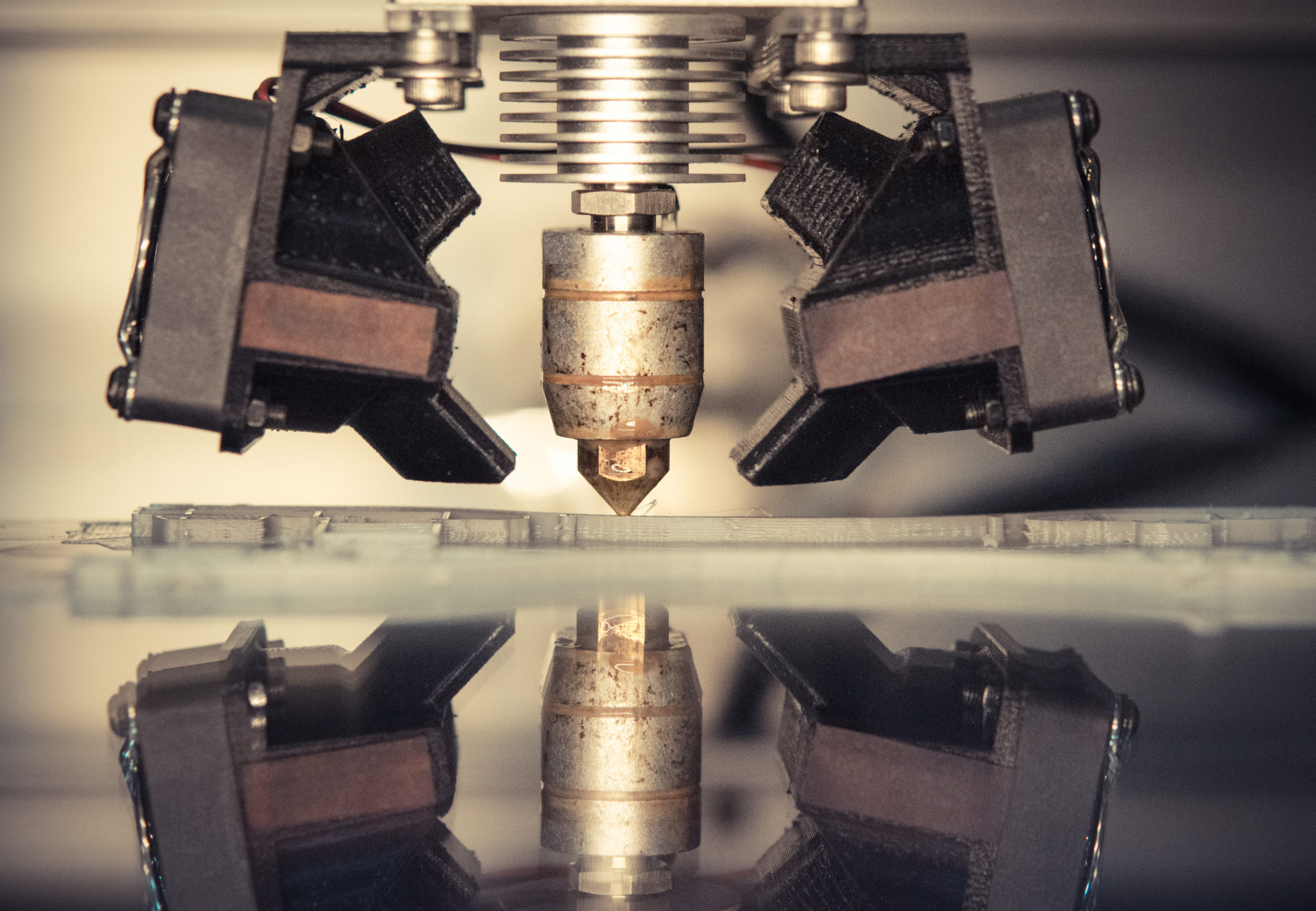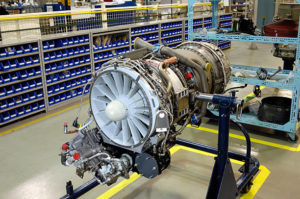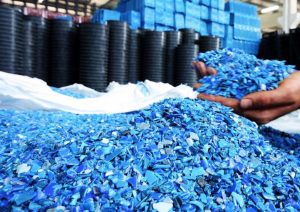Regardless of industry, reliable manufacturing support is critical to your business’s success. A partner that can achieve the goals of your project reliably and consistently is invaluable — but unfortunately, not every partnership produces such fruit. Issues may develop that leave you wondering if it’s time to get someone else to handle your orders. There’s just one issue: Your current partner likely has physical custody of your injection mold tooling.
Transferring tooling between facilities can seem daunting, especially when considering the importance of protecting tooling from damage in transit. However, an experienced team can streamline this transition while helping you unlock valuable benefits. Instead of sticking with a manufacturer that doesn’t deliver on your demands, entrust the transfer to our seasoned team. It might just be the best decision for your business.
3 Reasons You Might Want to Conduct a Tooling Transfer
Transferring a mold from one facility to another can be a complex undertaking; it’s not a decision most companies make lightly. So, knowing when to make the switch is important to ensure a mold arrives at the new destination in good working condition. Below are three key signs to look for when evaluating your current approach.
Quality + Reliability Are Slipping
First, transferring your tooling to a team that’s closer and more experienced might be wise if you’ve identified issues concerning quality and reliability with your existing partner. When the products you receive don’t meet your set standards, you may spend too much time and money trying to resolve the problem.
New Technologies + Techniques Are Calling
Second, your existing partner might not have access to technologies or manufacturing techniques you wish to incorporate. Not every company does the necessary work to stay on the cutting edge of injection molding. It’s time to move when your requirements grow beyond what your partner can offer.
You Want to Cut Costs + Simplify the Supply Chain
Finally, you may need to cut costs or simplify your supply chain. Especially for companies that use overseas molding manufacturers, shipment or materials acquisition costs can quickly become unaligned with your overall financial strategy. Moving to a different location may help.
Numerous steps are involved in arranging and facilitating a successful transfer, so you may want to forgo the headaches required to resolve the above concerns and instead put your effort into a transfer. The advantages you unlock can make a difference.
Benefits of a Successful Tooling Transfer
Moving your tooling to a more capable partner opens the door to many improvements while ensuring the safety and care of the components in transit. Once you’ve completed the process and your new partner completes inspections and setup, you can start up production again and begin reaping the benefits. Those positive outcomes can include:
- Expanded production capacity with larger batches or improved efficiency in completing regular production orders.
- Expanded reliability of quality control and assurance procedures.
- More immediate access to cutting-edge technology and molding equipment in the current industry.
- Faster and more reliable methods of communication with your manufacturing partners, rather than reaching across multiple time zones.
- More cost-effective manufacturing, storage, and shipment to your final destination.
Challenges of a Mold Transfer
The opportunity to tap into all those advantages can be exciting, especially considering what it could mean for your business operations. However, there are some challenges along the way. To ensure a safe and reliable transfer process, you’ll need a partner that can help you navigate the following steps:
- Evaluating the current condition of the tool and its associated hardware. To facilitate an effective transfer, be sure all the documentation, schematics, and specification sheets related to the mold are together and ready for transmission.
- Documenting the current state of the tool for comparison after transfer.
- Ensuring that the transfer of your injection mold tooling does not disrupt operations or lead to inventory shortfalls during the transition period.
- Preparing the mold for shipment and protecting it from possible corrosion or damage.
- Arranging the actual transfer process with a trusted shipper.
- Unpacking, evaluating, cleaning, and installing the mold for operation in the new manufacturing facility.
Transfer Your Tooling With Help From Reliant Plastics
At Reliant Plastics, we do much more than help our clients in the aerospace and automotive sectors obtain superior mold components. We also support our clients who want to engage in reshoring projects and those who’ve identified different needs that require them to transfer tooling. With decades of experience and a proven record of success in this area, we can support your business in disengaging from one manufacturer and moving your work to another location.
From the initial assessment to supporting the shipping arrangements, Reliant Plastics offers end-to-end support for this process. We take the stress and hassle out of this essential cost-saving work with updates at every step and a procedure defined by your goals and needs. Make arrangements to speak with our team today to learn more about how we transfer tooling.




